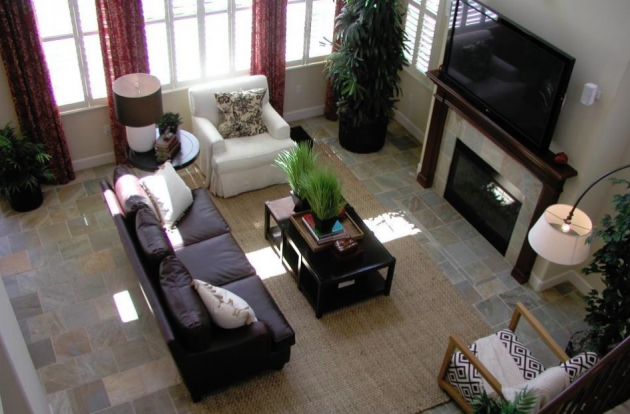The comfort of your home throughout the year greatly depends on your HVAC system. When it is time to consider the options to replace your heating or cooling equipment, it may be tempting only to replace the unit that gives you the most trouble; there are some advantages to replacing both your air conditioner and furnace together. Here we’ll discuss how replacing these two systems together can offer maximum benefits for your home comfort and your bank balance.
Repair or Replace?
Before you decide whether you need to purchase a new air conditioner and furnace, you need to assess whether you should repair or replace your equipment. This can be a challenging proposition, as you’ll need to weigh your options to determine which is the best choice. Some of the factors you’ll need to consider are the age of your equipment, your indoor air quality and the frequency of repair issues. There is no hard and fast rule, but you need to consider that if your equipment is starting to have issues or is aging, it is likely to be using far more energy, so it is costing you more every time you heat or cool your home. According to Energy.gov data, heating and cooling account for as much as 50 percent of the energy use in a typical home, with heating water accounting for a further 18 percent. This makes these some of the most significant energy expenses for homeowners. So, when you consider repair costs and inefficient equipment, you can negate the initial cost of upgrading both your air conditioner and furnace.
Improved Energy Efficiency
One of the primary reasons to consider replacing both your air conditioner and furnace together is to maximize the energy efficiency potential. Both air conditioner and heating systems manufactured today are far more efficient compared to their older counterparts. So to maximize your efficiency, it is a good idea to ensure both systems are up to date.
The efficiency of air conditioners is easy to assess by looking at the SEER (Seasonal Energy Efficiency Ratio ratings. Systems today are ranked with at least 13 SEER, which is the minimum government cooling systems standard. Just remember that the higher the rating, the less energy that will be used to operate, reducing your costs.
The rating for heating systems including your new furnace is AFUE (annual fuel utilization efficiency). This is a measurement of seasonal performance. Generally, an AFUE of 90 percent or more is recommended for new furnace purchases. Heat pumps and boilers have a slightly different AFUE recommendation.
Generally, furnaces will last between 15 and 20 years, while central air conditioning systems can last up to 15 years. So, there is a window where you can take advantage of maximizing efficiency with replacement equipment.
Improved System Performance
Mixing new technology with old equipment can seriously decrease the system performance. When you replace one component of your system, you will effectively lower performance of both systems. So, if you install a new highly efficient unit with your old system, these components will not “match,” and you will not be able to use the latest technology to the full potential.
Matched systems are designed to complement each other. Since your central air conditioner and furnace share components such as air handlers or blowers, you need to ensure that you can improve system performance with systems that can operate properly together.
Money Saving
In addition to improving efficiency and performance, buying a “matched” system can also be money saving. When you replace both of these systems together, they are designed to work in concert and should anything go wrong; you can enjoy the protection of a warranty for both systems.
Additionally, your new systems will need fewer repairs so that you can save money on repair bills. You may also save money on the installation, as both systems can be installed together. This is likely to be far cheaper than paying for one installation and then paying for a second installation at some point down the road.
Less Potential Issues With a Matched System
Not replacing both your heating and cooling systems together with efficient, new equipment can lead to unnecessary costs and frustration. Installing new equipment with your inefficient, old equipment will potentially decrease the lifespan of your new equipment.
Additionally, manufacturers are generally not obligated to honor the warranties of new systems if they have been combined with an older system. This means that if there is a breakdown issue with your new equipment during the warranty period, you may end up being stuck with the repair bills.
Replacing both your systems at the same time will provide you with the protection of a warranty should any issues arise.
Choosing a New System
Once you have decided to upgrade both your air conditioner and furnace, there are some HVAC mistakes you need to avoid. You need to ensure that you choose the right size systems for your home. It is important not to simply replace like for like, as you need to assess whether you have appropriately sized equipment. Buying an oversized system will not only cost more initially, but also cost you more in increased energy costs and repair bills, as it short cycles. You also need to ensure that your thermostat is placed in the correct location, away from any heat sources, such as appliances or direct sunlight.
If your air conditioning system has died, but your furnace is still working, or vice versa, it can be a little daunting to decide whether you should repair, replace or even upgrade your entire HVAC system. For maximum cost savings and efficiency, you should give replacing both your systems together some serious consideration. Replacing both systems allows you to benefit from some fantastic advantages to ensure your year round comfort. Of course, if you’re still not sure, your HVAC technician will be able to assess your equipment and provide you with professional help and guidance to determine the best option for your home.

